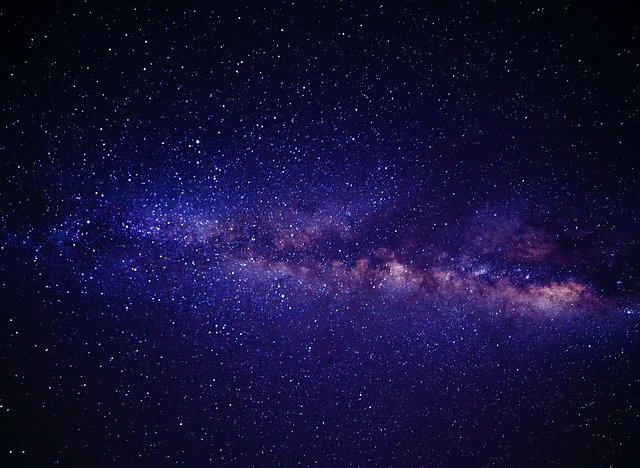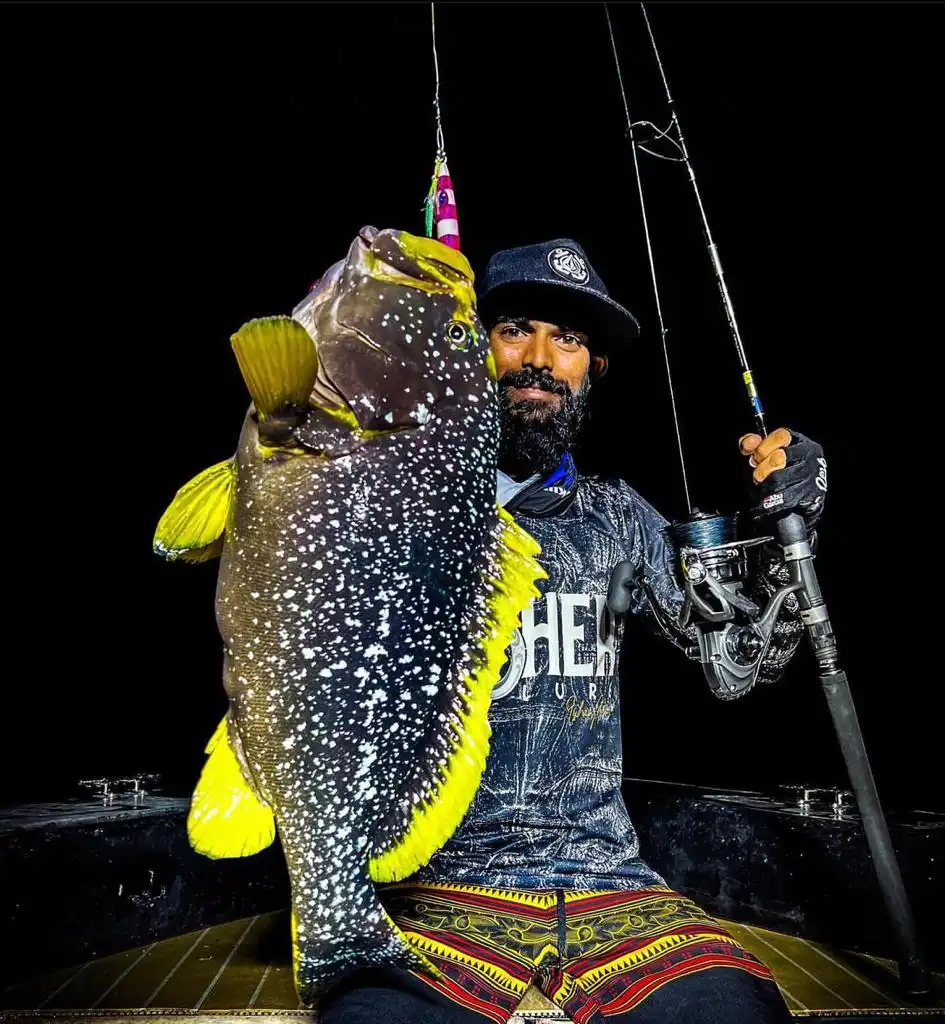The Magical Phenomenon of Bioluminescent Beaches
The Maldives is known for its pristine beaches, crystal-clear waters, and breathtaking natural beauty. But perhaps one of its most magical and ethereal attractions is the phenomenon known as the "Sea of Stars" - where beaches glow with an otherworldly blue light at night, creating a scene straight out of a fantasy movie.
This natural wonder occurs when bioluminescent phytoplankton called Lingulodinium polyedrum (formerly known as Gonyaulax polyedra) wash up on the shores. When disturbed by wave action or movement, these microscopic organisms emit a blue glow as a defense mechanism, creating the appearance of a starry sky reflected on the sand and in the water.
What Causes the Glowing Effect?
The bioluminescence is a chemical reaction that occurs within the plankton cells. When these organisms are agitated, a compound called luciferin interacts with oxygen, catalyzed by the enzyme luciferase, producing the characteristic blue light. This natural defense mechanism is thought to startle potential predators or attract larger predators to eat the plankton's attackers.
The result is a mesmerizing display where each footstep, wave, or movement in the water creates trails and splashes of glowing blue light - as if you're walking among the stars or swimming in a galaxy.
Best Locations to Experience the Sea of Stars
While this natural phenomenon can potentially occur on any beach in the Maldives under the right conditions, certain islands are known for more frequent and spectacular displays of bioluminescence:

Vaadhoo Island
Located in Raa Atoll, Vaadhoo Island is perhaps the most famous spot for witnessing the Sea of Stars. The beaches here regularly display spectacular bioluminescence, making it a must-visit destination for nature lovers and photographers.

Mudhdhoo Island
Home to the Dusit Thani Resort, this island in Baa Atoll is another excellent location to witness the bioluminescent phenomenon, with its beaches often lighting up with the magical blue glow.

Kuredu Island
Located in Lhaviyani Atoll, Kuredu Island and its resort offer visitors the chance to experience the glowing beaches during certain times of the year.

Maamigili Island
This island in Alifu Dhaalu Atoll is known for occasional bioluminescent displays, particularly during the new moon phase when the darkness allows the blue glow to shine more brightly.

Finolhu Island
Located in Baa Atoll, the beaches around Finolhu Resort sometimes display the bioluminescent phenomenon, offering guests a magical nighttime experience.

Remote Sandbanks
Some of the most spectacular bioluminescent displays occur on remote sandbanks away from light pollution. Many resorts offer special nighttime excursions to these locations during peak bioluminescence seasons.
Tours and Experiences
Many resorts and tour operators in the Maldives offer special excursions designed to help visitors experience the Sea of Stars phenomenon:

Night Snorkeling Tours
Experience the magical glow while swimming through the bioluminescent waters. Each movement creates trails of blue light around you, creating an unforgettable experience.
Duration: 1-2 hours
Learn More

Night Beach Excursions
Visit beaches known for bioluminescence with expert guides who know the best spots and times. These tours often include transportation to remote beaches away from light pollution.
Duration: 2-3 hours
Learn More
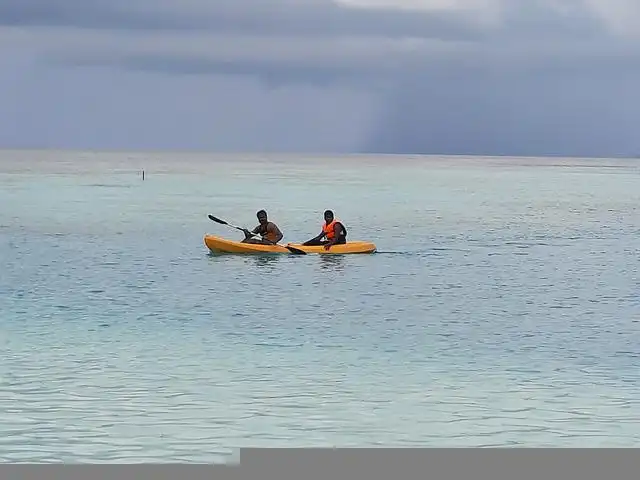
Bioluminescent Kayaking
Paddle through glowing waters in a clear-bottom kayak, watching the water light up with each stroke. This offers a unique perspective of the phenomenon from above and below.
Duration: 1-2 hours
Learn More
Booking Tips
- Book tours that coincide with the new moon phase for optimal viewing conditions
- Choose tours that offer a "bioluminescence guarantee" or alternative activity if the phenomenon isn't visible
- Ask about photography opportunities and whether guides can help create movement in the water
- Check if the tour provides transportation from your resort or accommodation
Where to Stay to Experience the Sea of Stars
Several resorts in the Maldives are located on or near islands known for bioluminescent displays. Here are some top recommendations:
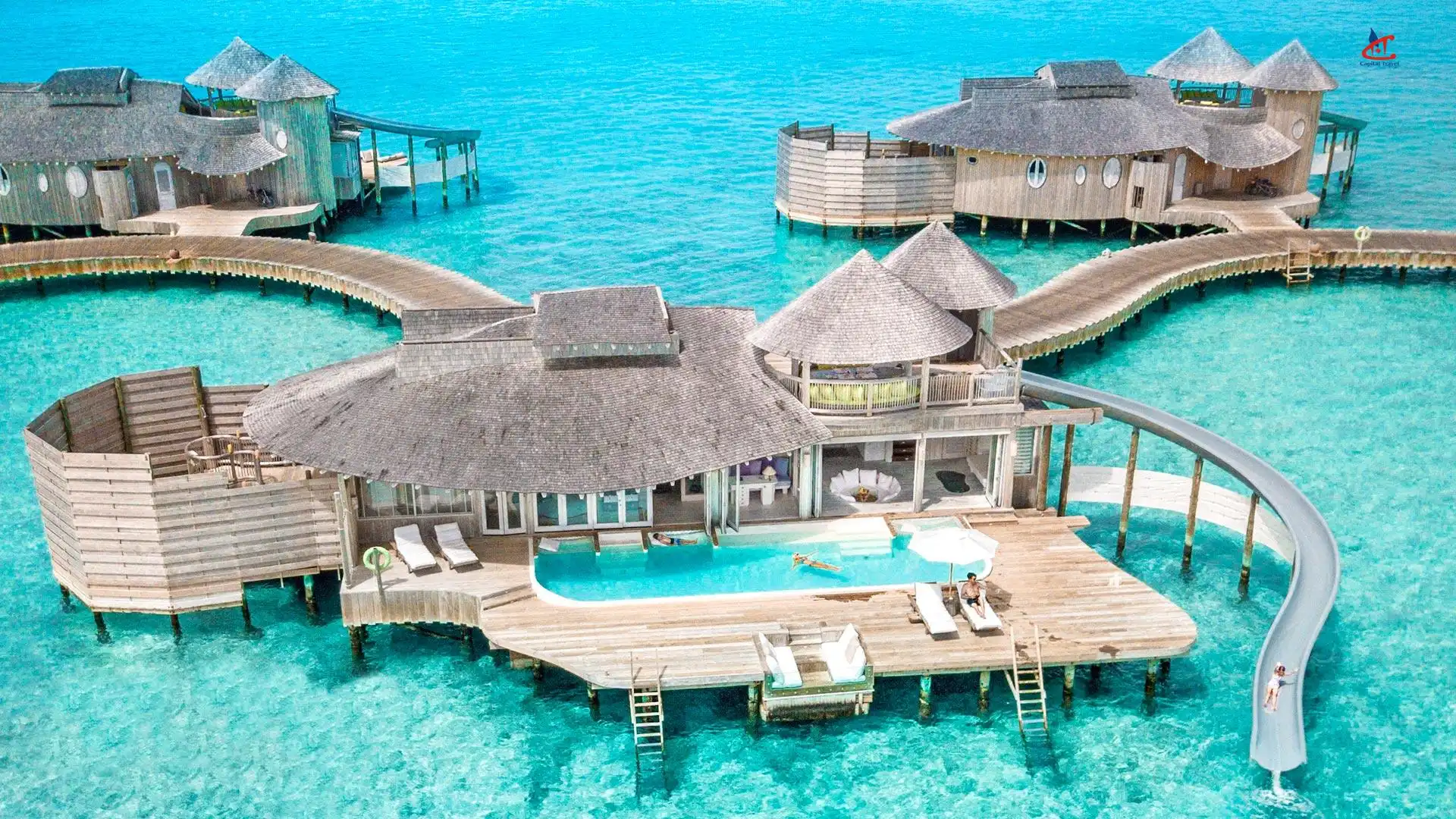
Located in Noonu Atoll, this luxury resort offers overwater villas with direct access to waters that occasionally display bioluminescence. The resort also organizes special excursions to nearby bioluminescent beaches.
View Resort
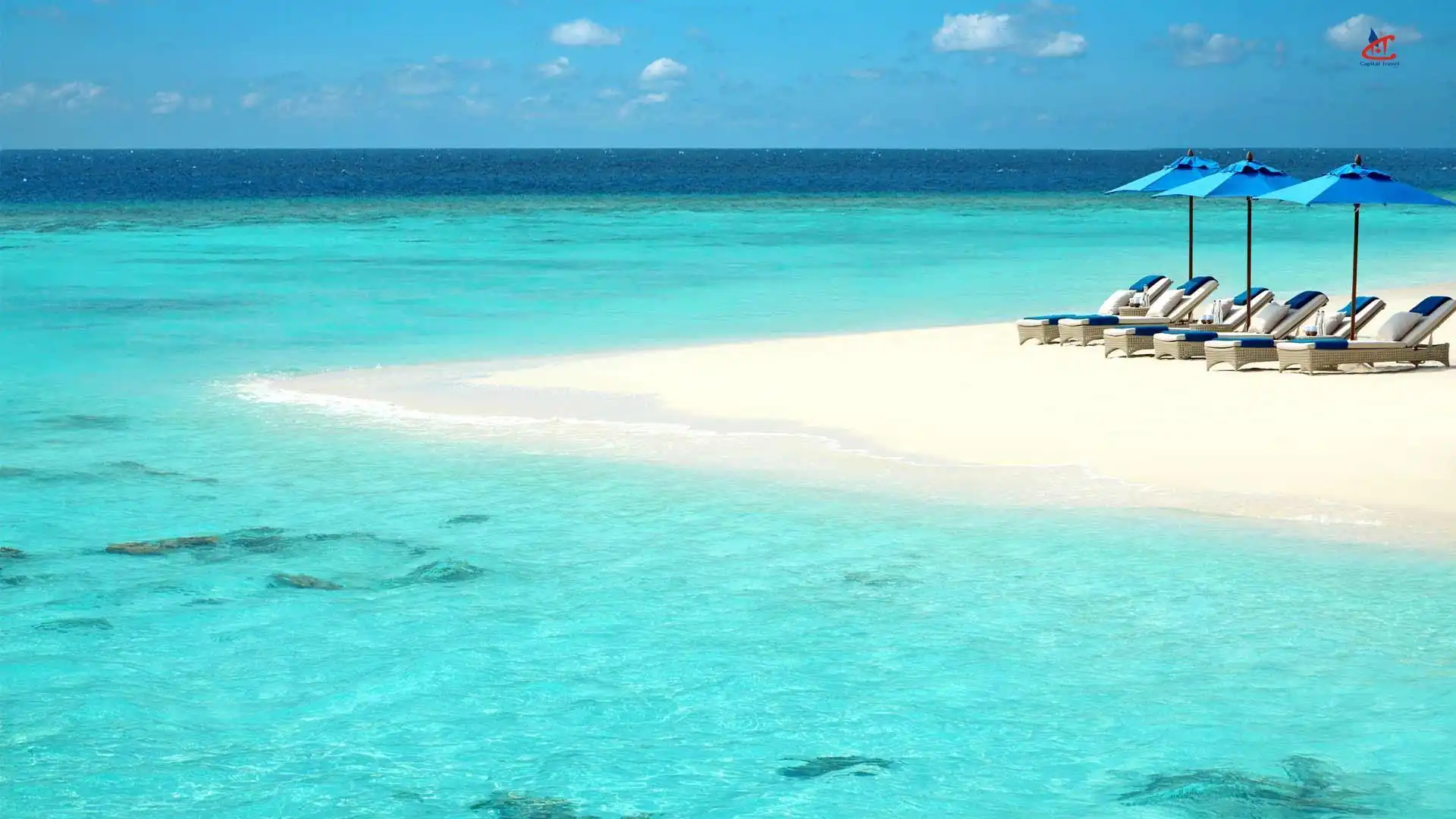
Located on Mudhdhoo Island in Baa Atoll, this resort is known for occasional bioluminescent displays on its beaches. The resort offers guided night walks to spot the phenomenon.
View Resort

This stylish resort in Baa Atoll offers access to beaches that sometimes display the bioluminescent phenomenon. The resort organizes special nighttime excursions during peak seasons.
View Resort

Located in the UNESCO Biosphere Reserve of Baa Atoll, this luxury resort offers access to waters that occasionally glow with bioluminescence. The resort's marine biologists provide educational tours about the phenomenon.
View Resort
For more accommodation options, check our guides on Maldives hotels, luxury resorts, or budget-friendly options.
Frequently Asked Questions
Is the Sea of Stars phenomenon guaranteed to be visible?
No, the bioluminescent phenomenon is not guaranteed and depends on various environmental factors including plankton concentration, weather conditions, moon phase, and water temperature. Even at known locations, visibility can vary from night to night. For the best chances, plan to stay several nights during peak season (July-October) and around the new moon phase.
Is it safe to swim in bioluminescent water?
Yes, it's generally safe to swim in water containing bioluminescent plankton. The organisms are harmless to humans. However, always follow local guidelines and tour operator instructions. Some areas may have restrictions due to conservation efforts or other safety concerns unrelated to the bioluminescence itself.
Can I see the Sea of Stars year-round?
While the phenomenon can potentially occur year-round, it's more common and intense during certain periods. The peak season is typically from July to October, with good chances also from November to February. The phenomenon is less reliable from March to June. Always check with local resorts or tour operators for current conditions.
How bright is the bioluminescence in reality?
The brightness varies greatly depending on plankton concentration and environmental conditions. On the best nights, the glow can be quite vivid, creating clearly visible blue trails in the water with each movement. However, it's important to note that many photographs of the phenomenon are long-exposure shots that make the glow appear more intense than what you might see with the naked eye. The human eye needs time to adjust to the darkness to fully appreciate the subtle blue glow.
Are there specific beaches in the Maldives known for this phenomenon?
Yes, certain beaches are more famous for bioluminescent displays, with Vaadhoo Island in Raa Atoll being perhaps the most well-known. Other locations include beaches on Mudhdhoo Island (Baa Atoll), Kuredu Island (Lhaviyani Atoll), and various beaches throughout the Maldivian archipelago. Resort staff and local tour operators can direct you to the best spots based on recent sightings.







